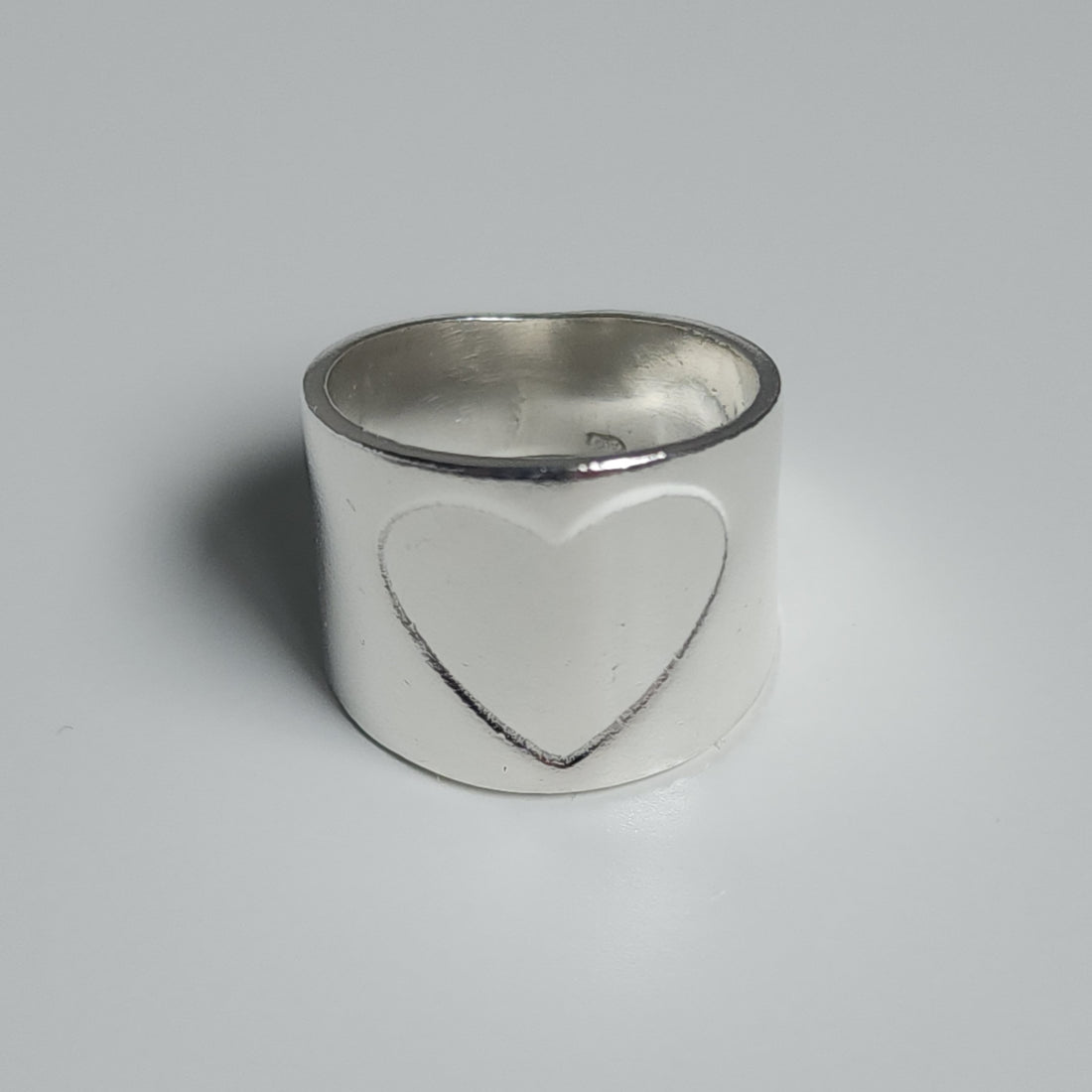
Do not buy another silver thing until you read this!
Share
Understanding the Differences Between Sterling Silver and Fine Silver could serve you well!
Not many people know or understand what the fine silver is and if there is a jewellery made out of it.
It is rare to find fine silver items, as majority of industry is using sterling silver.
After this article you will know more about silver than 95% of other people.
When it comes to choosing silver for jewelry or other items, understanding the differences between sterling silver and fine silver is crucial. Both types of silver have unique properties that make them suitable for various applications. Here’s a detailed look at what sets them apart.
Composition and Purity
Fine Silver:
Purity: Fine silver, also known as pure silver,is composed of 99.9% silver. This high level of purity gives fine silver its characteristic softness and high luster.
Stamp: Items made of fine silver are often stamped with “999” to indicate their purity level.
Applications: Due to its softness, fine silver is typically used for items that are not subject to heavy wear and tear, such as fine jewelry, collectible coins, and investment bullion.
Sterling Silver:
Purity: Sterling silver is an alloy containing 92.5% silver and 7.5% other metals, usually copper. The addition of these metals increases the hardness and durability of the silver, making it more suitable for everyday items.
Stamp: Sterling silver items are commonly stamped with “925” to indicate their silver content.
Applications:
Because of its enhanced strength, sterling silver is widely used in making jewelry, tableware, and other items that are frequently handled or used.
Physical Properties
Appearance:
Fine Silver: Fine silver has a slightly whiter and brighter appearance compared to sterling silver. Its high shine and reflective qualities make it visually appealing, especially in polished form.
Sterling Silver:
Sterling silver, while also shiny, has a slightly less bright appearance
due to the alloy metals. However, it still maintains a beautiful luster
that can be polished to a high shine.
Care and Maintenance
Tarnish Resistance:
Fine Silver: Fine
silver is highly resistant to tarnish because it does not contain metals
like copper, which oxidize and cause tarnishing.
Sterling Silver:
Sterling silver is more prone to tarnishing due to the presence of copper. Regular cleaning and proper storage are essential to maintaining its appearance.
Cleaning:
Fine Silver:
Cleaning fine silver typically requires gentle methods to avoid scratching its soft surface. Using a mild soap and water solution with a soft cloth is usually sufficient.
Sterling Silver:
Sterling silver can be cleaned using commercial silver cleaners, polishing cloths, or home remedies such as a baking soda and aluminum foil bath. It is more robust and can withstand slightly more vigorous cleaning techniques.
Cost and Value
Fine Silver:
Cost: Fine silver is generally more expensive than sterling silver due to its higher purity.
Value: As an investment, fine silver holds more intrinsic value due to its greater silver content.
Sterling Silver:
Cost: Sterling silver is more affordable than fine silver, making it a popular choice for jewelry and other decorative items.
Value: While it holds less intrinsic value compared to fine silver, sterling silver’s durability and versatility make it valuable in practical applications.
Conclusion
Choosing between fine silver and sterling silver depends on the intended use and desired qualities. Fine silver, with its high purity and lustrous appearance, is ideal for collectible and investment items, while sterling silver, with its enhanced durability, is perfect for everyday jewelry and functional pieces. Understanding these differences ensures that you select the right type of silver for your needs, balancing beauty, durability, and cost.
If you have any questions about jewellery, please send them to us, we are happy to answer them and cover them in one of our future news article.
